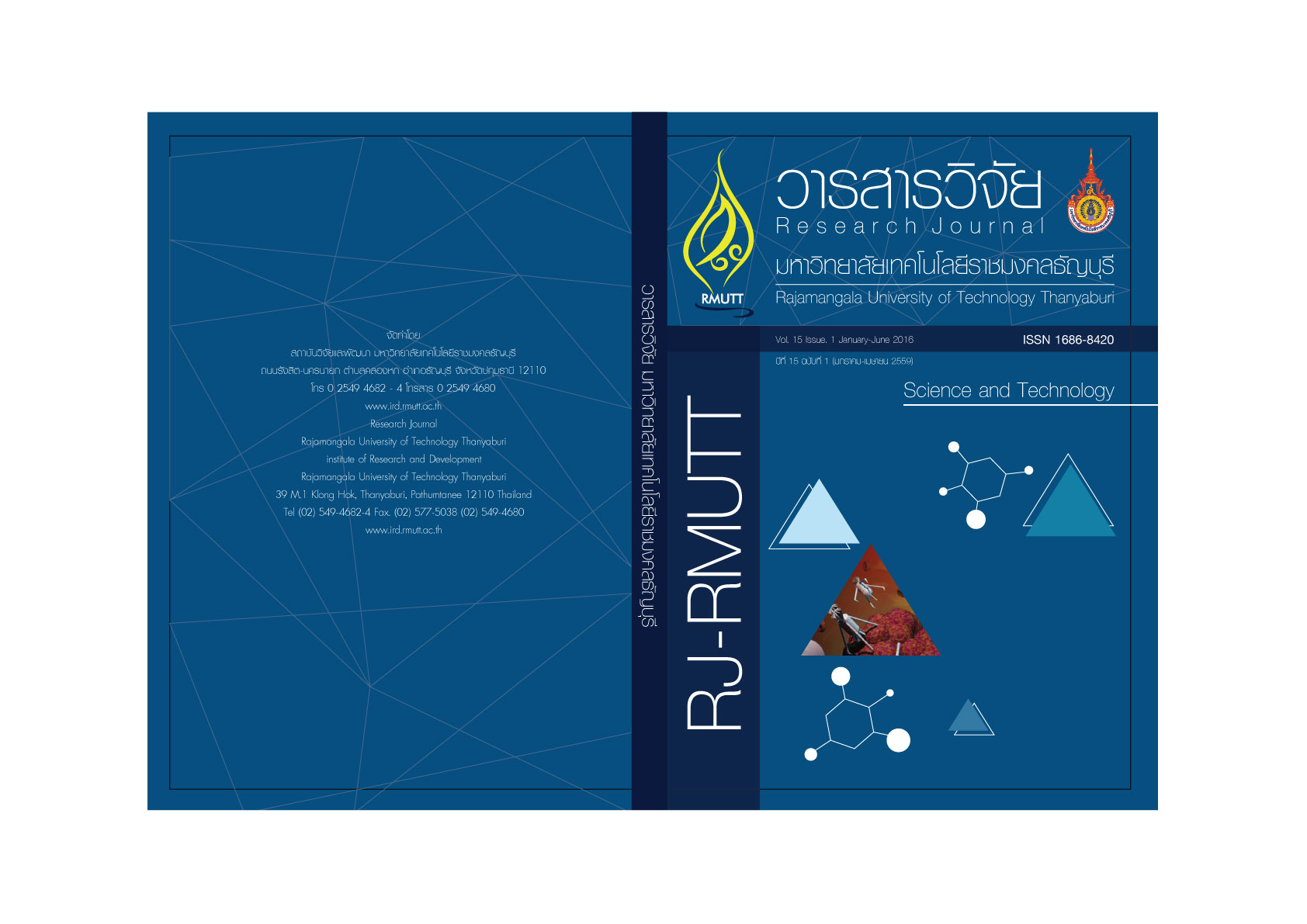Studying and Exploiting Wavelet Transform for Speech Compression
Main Article Content
Abstract
Recently, speech compression research aims to produce a compact representation of speech sounds such that when reconstructed it is perceived to be close to the original. This thesis presents a studying and comparison of wavelet filter for speech compression.
In the experiments, there are 80 speech signals which are used as input data. These signals can be categorized into 4 groups that consist of male and female speech signal with the length of 5 and 60 seconds respectively. These signals are then pass through to the three types of Wavelet Transform: Haar wavelet, Biorthogonal wavelet and Discrete Approximation of Meyer Wavelet, in order to search the best appropriate for this experiment. To classify wavelet, the energy average, spectrogram and Dynamic Time Warping (DTW) are used. The best appropriate wavelet is then used to compress speech signal in level 1-3. The result of this experiment is then compared with the Federal Standard 1016 Code Excite Linear Prediction (FS 1016 CELP) in the term of speech quality using Means Square Error (MSE) and Peak Signal to Noise Ratio (PSNR).
The results show that Biorthogonal Wavelet provides the best compress efficiency. Also the synthesis speech signal with Invest Discrete Wavelet Transform (IDWT) indicated that the 5 seconds female speech signal provides the best average efficiency. Moreover, the DWT and CELP speech compression is compared in the term of PSNR and MSE. The results show that DWT provides better performance than CELP speech compression and also it gives the errorless when it compares to the original speech signal.

